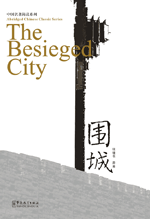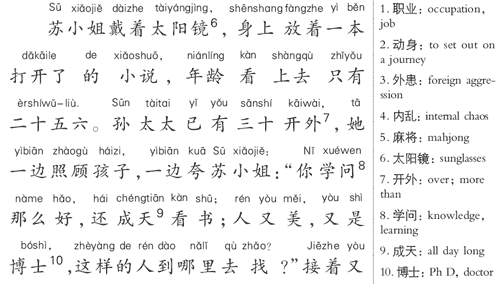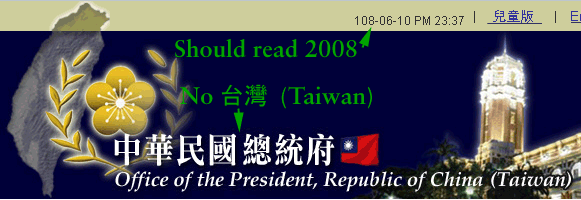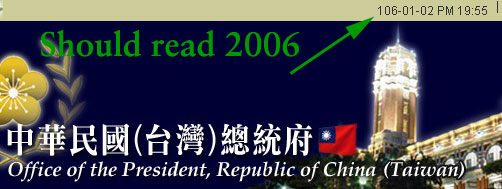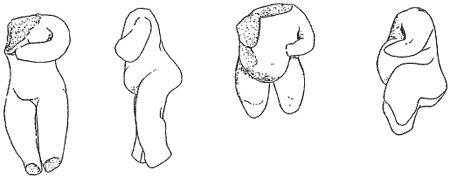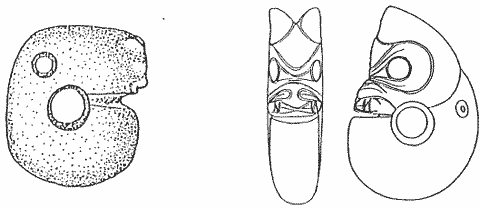
Hú Shì
17 December 1891 — 24 February 1962
Today, on the fiftieth anniversary of the death of Hu Shih (Hú Shì/胡適/胡适), I’d like to say a few things in his memory. This is, after all, someone I regard as a hero in many ways. I even keep a photo of him in my office.
The opening of the preface to a splendid new biography of Hu Shih covers the basics:
Hu Shi (1891–1962), “the Father of the Chinese Renaissance,” towered over China’s intellectual landscape in the first half of the twentieth century. Among other achievements, he is credited with having made everyday speech respectable as a medium of written communication. Groomed as a traditional scholar-bureaucrat in his father’s footsteps, he had already turned into an iconoclastic renegade by the time he left Shanghai at the age of eighteen to study in the United States. In John Dewey, whose approach to philosophy was to treat all doctrines as working hypotheses, Hu felt he found “the proper way to think.” He and his associates who studied with Dewey at Columbia University established the framework of China’s modern educational system. A dedicated humanist, social reformer and promoter of women rights, he was, at different periods of his life, president of Peking University, president of the Academia Sinica, and ambassador to Washington.
To return to the most important point, at least in terms of the focus of this site, it was he, more than anyone else, who helped break the stranglehold of Literary Sinitic (a.k.a. classical Chinese). The vernacular movement he spearheaded is of far greater significance and has had a much greater impact on Chinese culture and people’s lives than so-called character simplification. Yet it receives relatively little attention, perhaps because many do not understand — or do not want to admit — how very different Literary Sinitic is from modern standard Mandarin.
Hu Shih is also the one who, more than anyone else, popularized the use of modern punctuation in Chinese texts, such as through his book Zhōngguó Zhéxuéshǐ Dàgāng and his editions of earlier works. That alone should be enough to earn him the eternal gratitude of all who read texts written in Chinese characters.
There’s so much more to the man than this, though most of it falls outside the bounds of this site. So rather than go into it here I will just encourage people to read more by and about him.
Shortly after Hu Shih’s death his son wrote:
father passed away during a cocktail party in honor of the members of the Academia Sinica after the completion of the members’ meeting. He passed away without any pain, and from every one present at the party, I gathered that he died happy, for the last words he said was, “Let’s have some drinks!”
I lift my glass.
Further reading:
- Hú Shì, Chángshì jí (《嘗試集》)
- Hu Shih Memorial Hall
- the biography mentioned above: A Pragmatist and His Free Spirit——The Half-Century Romance of Hu Shi and Edith Clifford Williams, by Susan Chan Egan & Chih-p’ing Chou (Google Books)
- another link to the same book: A Pragmatist and His Free Spirit on Amazon
—
xiǎoxīn qiúzhèng
zhèngrú wǒ bùnéng zuò nǐ de mèng.
—Hú Shì
from “Mèng yǔ Shī” (夢與詩)

 Since I just posted about the new
Since I just posted about the new 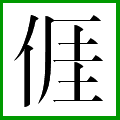 Taiwan’s Ministry of Education has released software for Windows and Linux systems that uses Hakka romanization for the inputting of Chinese characters.
Taiwan’s Ministry of Education has released software for Windows and Linux systems that uses Hakka romanization for the inputting of Chinese characters. 